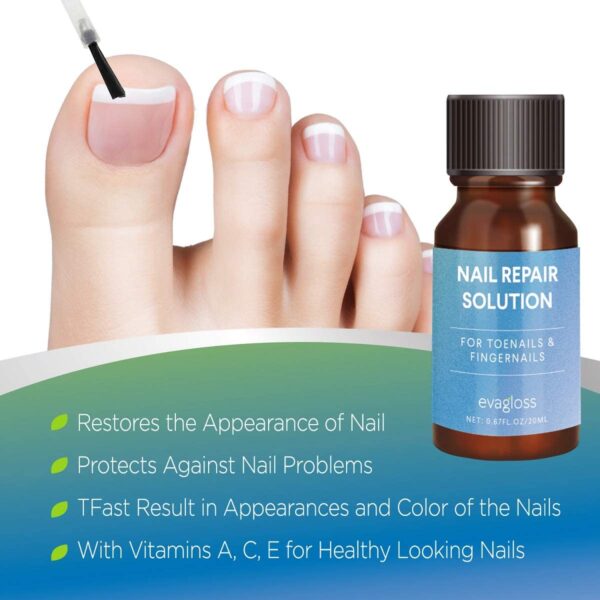Can you still drive on a tire with a nail in it? It’s happened to all of us in New Palestine, IN, and always at the least convenient time possible. If you can’t get to a repair shop right away, you might be tempted to drive your car with the nail still in the tire. This is a bad idea, even if the tire doesn’t seem to be flat or even leaking air—a small puncture now can lead to major damage if not cared for properly.
Depending on how deeply the tire has been punctured, the nail might prevent any air from leaking. If you must drive, make sure it’s only a short distance and go to a local repair shop. If you continue to drive on the punctured tire, it can irreparably damage it—save yourself the cost of a new tire and avoid driving on the damaged one.
Naturally, the best way to avoid a trip to the repair shop is to take precautionary measures. While you can’t account for every nail or sharp object that finds its way onto the road, you can do some simple things to reduce the possibility of running over something that will damage your tire:
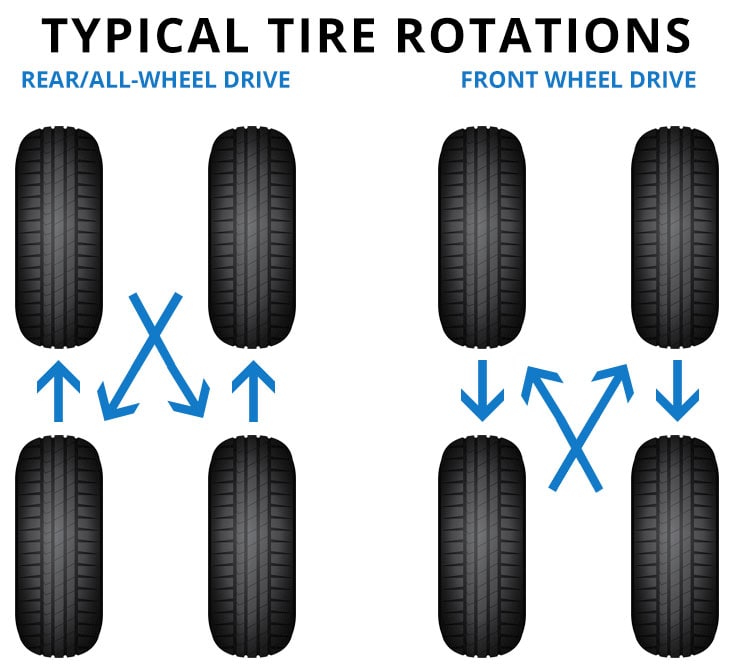
If you notice that your tire is leaking air, your first priority should be finding a repair shop. Pull over and check the damage. If the hole is in the sidewall or larger than a quarter inch, you may need to put the spare tire on, or call a tow truck to take you to the shop. However, if the damage is minor, you can go ahead and drive yourself. Be cautious—your tire could blow out, which poses a risk to everyone else on the road.
If you have tire sealant on hand, you might wish to plug the hole as much as possible before driving to the shop. Again, be cautious, and resist the temptation to keep driving on the damaged tire.
For more information about keeping tires full after driving over a nail, or to get tire repair and replacement in New Palestine, IN, call Auto Air & Heating, Inc. today.
Categorised in: Tires
This post was written by Writer
TIRE PROTECTOR is the most effective puncture protection/repair solution in the world.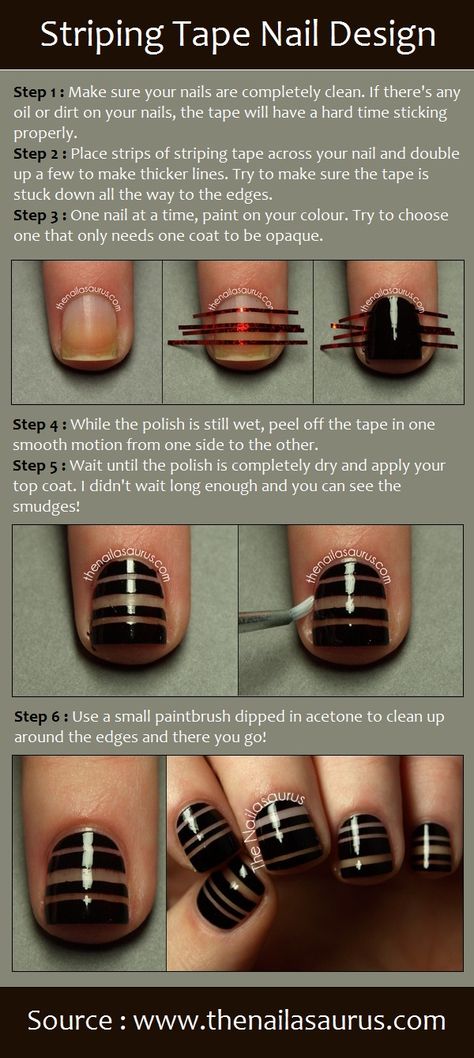 Tire Protector, is a liquid (gel) puncture sealant that is injected into tubeless, pneumatic tires that offers permanent guaranteed puncture protection for the life of the tire.
Tire Protector, is a liquid (gel) puncture sealant that is injected into tubeless, pneumatic tires that offers permanent guaranteed puncture protection for the life of the tire.
When a tire treated with Tire Protector encounters a puncture, air pressure within the tire forces Tire Protector gel into the wound forming an instant and permanent seal.
Download brochure
Tire Protector receives frequent recognition and accreditation from around the world and is used extensively by government departments, military, emergency service vehicles, plant, construction, mine and agricultural vehicles, commercial vehicles, taxis, private motorists and motorcyclists. In fact Tire Protector is suitable and beneficial to users of almost any pneumatic tire.
Mining, Construction, Earthmoving, Agriculture, Industrial, Trucks, Trailers, Buses, Passenger cars, 4×4, Ambulance, Fire, Police, Government, Military, Security, Armored, ATV, etc….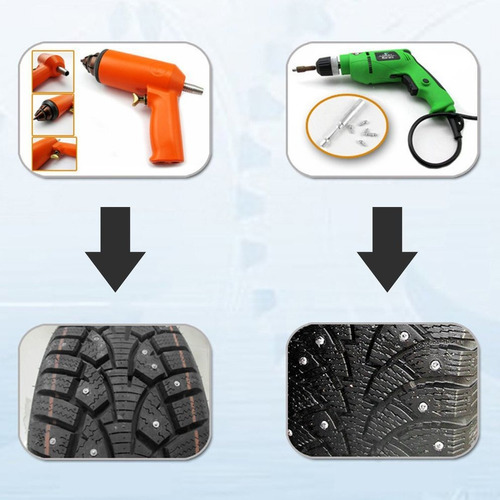 .
.
Tire Protector is a revolutionary product that will seal your tires from the INSIDE and permanently protects them against future punctures and air loss. Excess heat is a tires worst enemy. It is caused by under-inflation, a condition often caused by slow punctures, porosity, leaks and neglect. It is responsible for premature tire wear and a high proportion of blow outs.
Since Tire Protector provides permanent protection against punctures and under-inflation, it will effectively prevent 95% of punctures and blowouts.
Extend the life of tires, Improve fuel efficiency and Potentially save lives.
Tire Protector is non-hazardous, non-toxic and bio-degradable. The thixotropic (gel-like) solution is professionally installed into the tire via the valve stem where it will provide permanent protection for the legal life of the tire.
The thixotropic (gel-like) solution is professionally installed into the tire via the valve stem where it will provide permanent protection for the legal life of the tire.
As the tire rotates, centrifugal force evenly spreads Tire Protector over the entirety of the internal tread area, coating the area with a minimum 2mm coating of sealant. The coating repairs leaks immediately a penetration occurs, as thousands of strong interlocking fibres react instantly sealing around the puncturing object, thus preventing loss of air.
Under-inflation is the biggest cause of blow outs and excess tire wear. Under-inflation generates excess heat (a tires worst enemy). Most tires run under-inflated because a tire loses air via microscopic pores in rubber (porosity leaks). Because of the manufacturing process involved in tire production, the microscopic pores are ONLY evident within the tread area.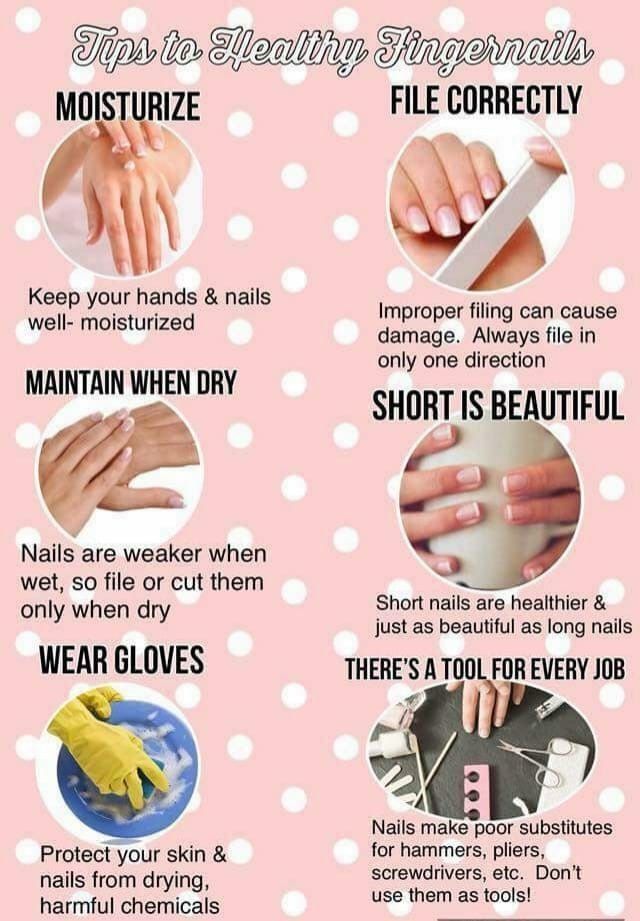 Tire Protector’s advanced formulation eliminates air loss and provides complete puncture protection.
Tire Protector’s advanced formulation eliminates air loss and provides complete puncture protection.
Tire Protector does not affect the balance of the tire since it is professionally installed using precise quantities. It is however recommended, especially with cars, that the wheels be balanced prior to installation.
(514) 233-8120
1-855-233-8120
Ivan Flyagin
Indeed, if a nail, self-tapping screw or other iron object pierces rubber with a sharp part, almost hermetically filling the hole and tightly closing it with a hat, then events can unfold in three conditional directions.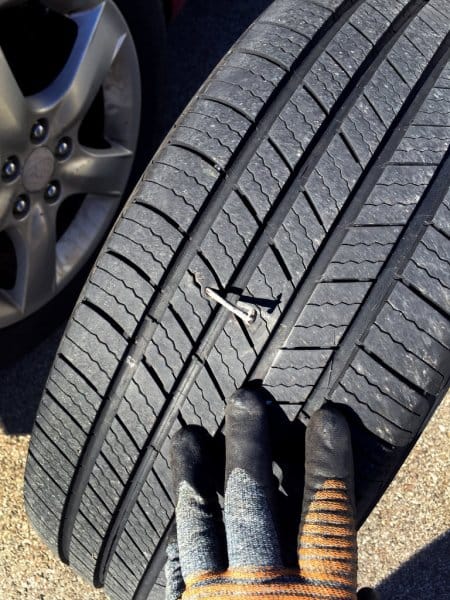
The first scenario is the most favorable, when the tire deflates very soon, and the driver discovers this at least an hour later, and the maximum the next morning. There is nothing to do - you have to go to a car service.
The second option is when a metal object is stuck in rubber so tightly and thoroughly that the air from the inside comes out very slowly and imperceptibly. The car will continue to drive with a blown tire for a long time until tire pressure loss becomes apparent. This is a completely unfavorable course of events, because it can result in the third version of the scenario - the most dangerous one.
It can never be ruled out that while driving the wheel will “catch” even a slight hole or bump, as a result of which the nail will suddenly change its location and the tire pressure will drop sharply and with the effect of an exploding bomb. The higher the speed, the worse the road and the older the tire, the more likely this unpleasant scenario, which does not exclude the most serious accident with extremely sad consequences.
There is only one conclusion: it is necessary to check the wheels of your car as often as possible for such damage. Especially after trips to the countryside and after long and long journeys. You can do this yourself by driving the car onto a lift or into a "pit", or carry out diagnostics in a tire fitting.
So if you notice a nail in the wheel while traveling, immediately put on a spare tire and go to the nearest tire shop. Despite the tales of some experienced drivers with many years of experience about how they calmly drove for years with nails, screws, screws, crutches, fittings and other iron products stuck in the wheel, keep in mind - even if the nail "sits" in the rubber hermetically - It's still a dangerous time bomb.
162186
We remind you of another reason to run into sanctions
33876
Another reason to run into sanctions
9000 33876 9000Sign up to the Avzzglygs channel:
9000 9000 9000 9000 9000 9000 9000 9000 9000 9000 9000 9000 9000 9000 9000 9000 9000 9000 9000 9000 Telegram Zen
Zen road safety, wheels, summer tires, car service, technology, repair, components, tyres, tyres, maintenance
Vladimir Gavrilov
Estimated reading time: 3 minutes
5622
Nor Gal / Shutterstock.com
Tire damage is common in the spring. Roadsides are littered with thousands of bent nails, self-tapping screws and other sharp objects that have accumulated under the snow during the three winter months. They are blown by the wind onto the roadway and fall under the wheels of cars. Then the air leaves the tire, and a signal appears on the dashboard that the wheel needs to be repaired. But where can this be done during a pandemic, when many workshops are closed and do not accept customers? Motorists have to manage on their own and fix damage with improvised means.
There are two alternatives to visiting a tire shop. If the damage is not radical, there are no cuts on the rubber and hernias on the sidewalls, and only an old nail sticks out in the tread, then this puncture can be repaired by yourself.
A couple of repair kits are available from parts stores. They include a round notched rasp, an awl with a holder, several pieces of tourniquet and glue. Pliers and a sharp knife will also come in handy. With this simple economy, you can return the wheel to working capacity even without removing it from the car and disassembling it.
First, we study the puncture site. It usually emits a hiss. More precisely can be determined using a soap solution. If you apply it to the tread, then the outgoing air will inflate bubbles. We mark the hole with chalk and prepare for repairs.
First of all, carefully clean the surface of the tire with a cloth and apply any detergent. Then we unscrew the nipple cap and release the pressure to 0.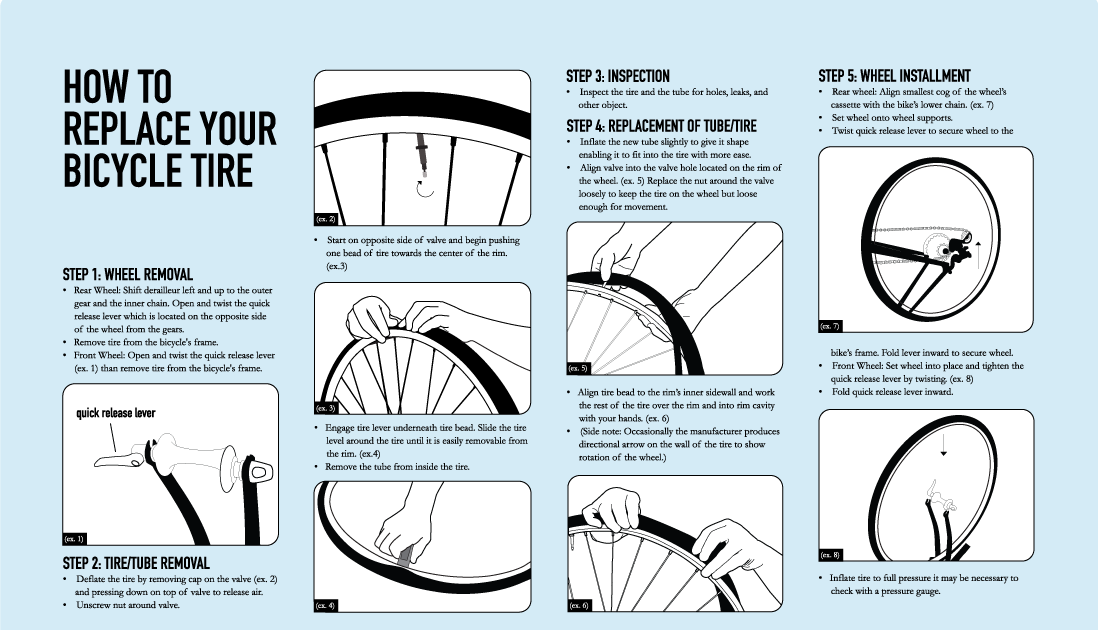 5-0.9 atmospheres. With pliers we hook a sharp nail in the tire and pull it out, and then with the help of a rasp we process the hole, bore it, giving it a round shape in diameter. After completing this procedure, we leave the rasp in place to prevent a further drop in pressure, and we take on the preparation of the flagellum, which plays the role of a miniature patch.
5-0.9 atmospheres. With pliers we hook a sharp nail in the tire and pull it out, and then with the help of a rasp we process the hole, bore it, giving it a round shape in diameter. After completing this procedure, we leave the rasp in place to prevent a further drop in pressure, and we take on the preparation of the flagellum, which plays the role of a miniature patch.
First, remove the flagellum from the package and insert it into a special hole with a groove on the mounting awl. The flagellum must pass into it to the middle of its length. And then we generously lubricate the flagellum with glue, take out the rasp, insert the awl into the hole, screw the sting with the flagellum into it until it sinks to 2/3 of the length, and take out the awl with a sharp movement. The flagellum remains inside. The deed is almost done. Next, cut off the ends of the tourniquet with a knife and inflate the tire to 2 atmospheres. The glue will dry soon, and with such a mini-patch you can ride for at least a few months until the end of the summer season.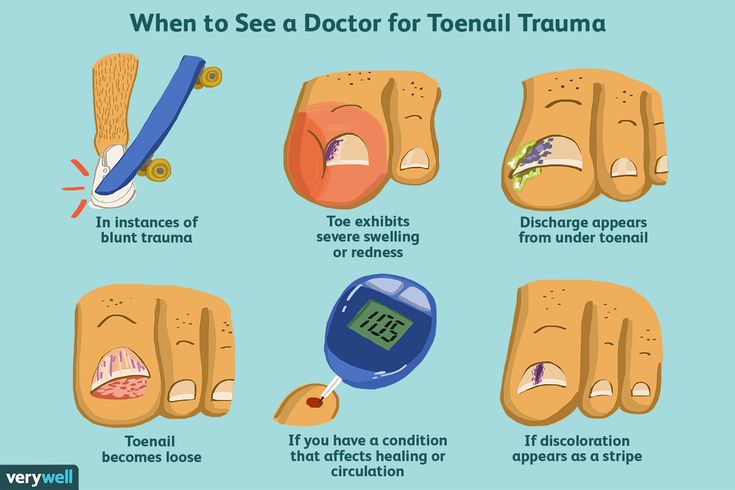
The second repair method is similar to the first one. Only it will be useful when there is no flagellum at hand.
We stock up on a screwdriver, sealant and an ordinary self-tapping screw, which should take the place of the flagellum and turn into a patch. After removing the rusty nail, for fidelity, you can process the hole with a rasp, if, of course, it is found in the trunk. And in its absence, you can start repairing tires without it. We simply insert the self-tapping screw into the hole and screw it with a screwdriver up to the cap, as if into a wooden or plastered wall. The main thing is that the self-tapping screw should be one and a half or two glad thicker than a nail. Then it will fit snugly into the hole and be able to hold pressure, and the sealant will close minor damage inside the rubber.
This version of the patch will keep the pressure noticeably worse than the flagellum, but with its help you can restore the functionality of the tire and drive for about a week or more until the tire pressure drops below 1.